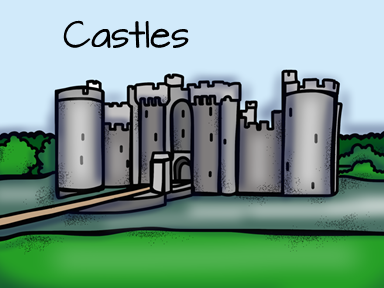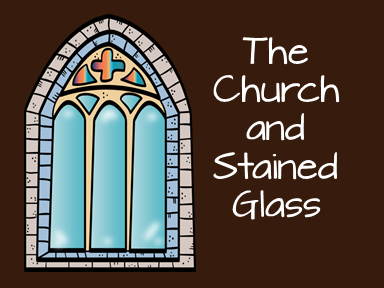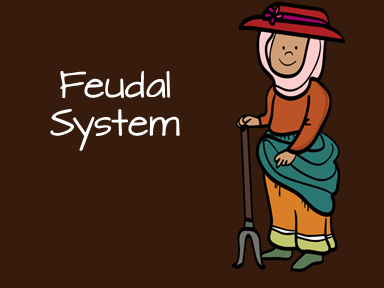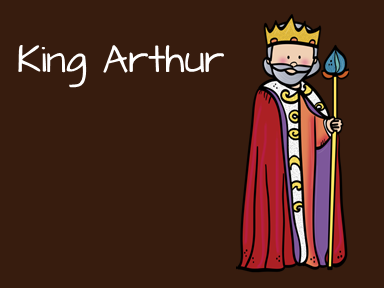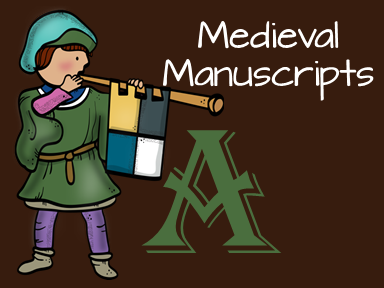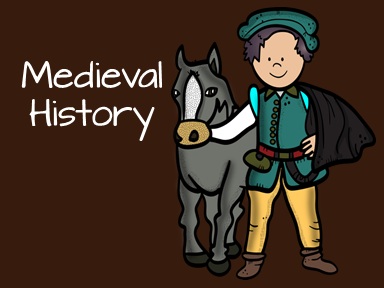
During the early Middle Ages warriors had a hard time trying to identify who they were fighting in battles and tournaments. The knights of the 1100's decided to solve this problem by creating special designs called Coat of Arms for their shields. The knight picked almost any design he liked including pictures of lions, dragons, eagles, falcons, crowns, diamonds, and other shapes. Coat of Arms were later added to tunics and shoulder guards wore by the knights. They were also embroidered or woven onto banners that were carried by the knights into battle.
Fathers passed down their Coat of Arms to their oldest sons. Younger sons wore a version of their father's Arms. The rule was that the younger son had to change the design somewhat. If the warrior died without a male heir, his daughter was allowed to combine her father's Coat of Arms with her husband's.

Tapestries
Tapestries were often used as wall hangings and as curtains to help keep out the drafts in the castle. They were made of wool.
One famous tapestry is the Bayeaux Tapestry. Woven into the tapestry was pictures of the Norman conquest of England in 1066. The pictures and words on the tapestry were embroidered with colored wool onto linen. The tapestry is over two hundred feet long and about twenty inches wide.


